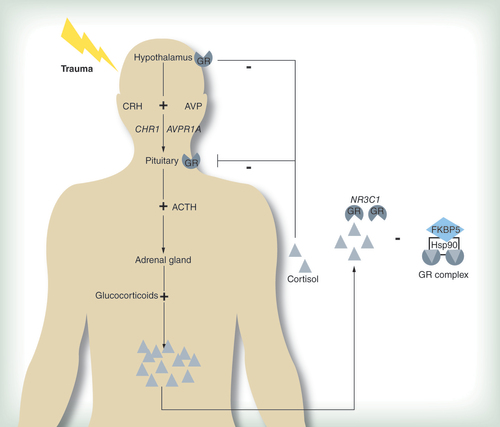Figures & data
Table 1.
Candidate genes investigated in genetic or epigenetic studies of post-traumatic stress disorder.

